No one of consequence. 🧐 Came for the void, stayed for the screaming. Here to share nonsense, love and existential peace. 30s
Don't wanna be here? Send us removal request.
Text
Chinese wushu technique, shuang-jie-gun. (CR 楚儿霸王)
30K notes
·
View notes
Text
hot flaming take i’m abt to slap you with: it’s not acceptable to punish children for their grades, no matter the circumstances.
154K notes
·
View notes
Text
“the arts and sciences are completely separate fields that should be pitted against each other” the overlap of the arts and sciences make up our entire perceivable reality they r fucking on the couch
154K notes
·
View notes
Text
I hate when people ask me about my preference but I don’t understand their preference level. Like yes I kinda want Chinese food 10% more than I want a sandwich but if you want a sandwich like 40% more than Chinese food then I would say it’s totally reasonable we get sandwiches.
56K notes
·
View notes
Text
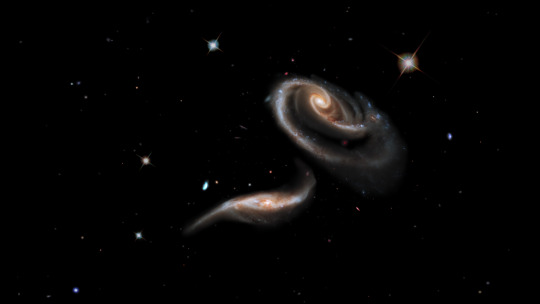
Love Letters from Space
Love is in the air, and it’s out in space too! The universe is full of amazing chemistry, cosmic couples held together by gravitational attraction, and stars pulsing like beating hearts.
Celestial objects send out messages we can detect if we know how to listen for them. Our upcoming Nancy Grace Roman Space Telescope will help us scour the skies for all kinds of star-crossed signals.
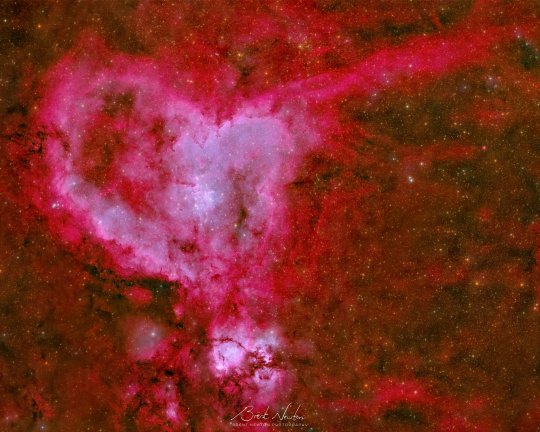
Celestial Conversation Hearts
Communication is key for any relationship – including our relationship with space. Different telescopes are tuned to pick up different messages from across the universe, and combining them helps us learn even more. Roman is designed to see some visible light – the type of light our eyes can see, featured in the photo above from a ground-based telescope – in addition to longer wavelengths, called infrared. That will help us peer through clouds of dust and across immense stretches of space.
Other telescopes can see different types of light, and some detectors can even help us study cosmic rays, ghostly neutrinos, and ripples in space called gravitational waves.
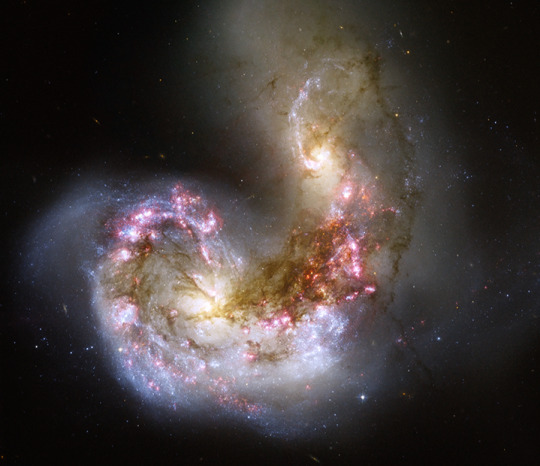
Intergalactic Hugs
This visible and near-infrared image from the Hubble Space Telescope captures two hearts locked in a cosmic embrace. Known as the Antennae Galaxies, this pair’s love burns bright. The two spiral galaxies are merging together, igniting the birth of brand new baby stars.
Stellar nurseries are often very dusty places, which can make it hard to tell what’s going on. But since Roman can peer through dust, it will help us see stars in their infancy. And Roman’s large view of space coupled with its sharp, deep imaging will help us study how galaxy mergers have evolved since the early universe.
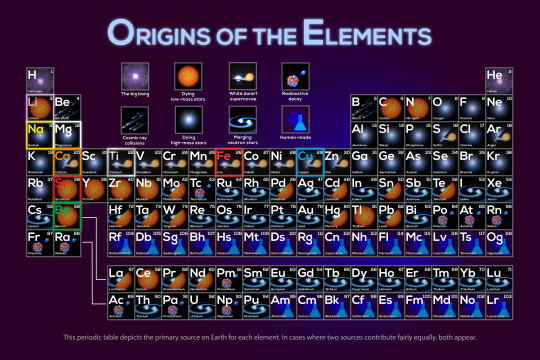
Cosmic Chemistry
Those stars are destined to create new chemistry, forging elements and scattering them into space as they live, die, and merge together. Roman will help us understand the cosmic era when stars first began forming. The mission will help scientists learn more about how elements were created and distributed throughout galaxies.
Did you know that U and I (uranium and iodine) were both made from merging neutron stars? Speaking of which…
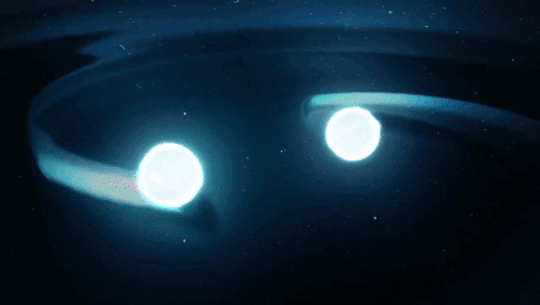
Fatal Attraction
When two neutron stars come together in a marriage of sorts, it creates some spectacular fireworks! While they start out as stellar sweethearts, these and some other types of cosmic couples are fated for devastating breakups.
When a white dwarf – the leftover core from a Sun-like star that ran out of fuel – steals material from its companion, it can throw everything off balance and lead to a cataclysmic explosion. Studying these outbursts, called type Ia supernovae, led to the discovery that the expansion of the universe is speeding up. Roman will scan the skies for these exploding stars to help us figure out what’s causing the expansion to accelerate – a mystery known as dark energy.
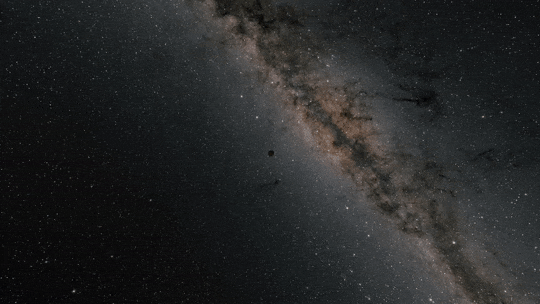
Going Solo
Plenty of things in our galaxy are single, including hundreds of millions of stellar-mass black holes and trillions of “rogue” planets. These objects are effectively invisible – dark objects lost in the inky void of space – but Roman will see them thanks to wrinkles in space-time.
Anything with mass warps the fabric of space-time. So when an intervening object nearly aligns with a background star from our vantage point, light from the star curves as it travels through the warped space-time around the nearer object. The object acts like a natural lens, focusing and amplifying the background star’s light.
Thanks to this observational effect, which makes stars appear to temporarily pulse brighter, Roman will reveal all kinds of things we’d never be able to see otherwise.
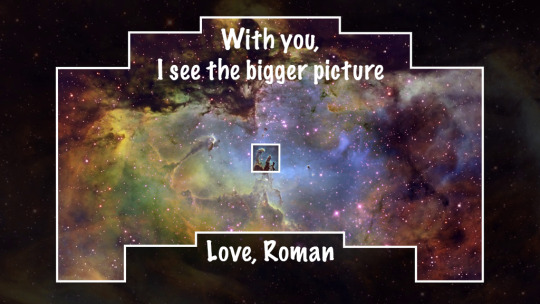
Roman is nearly ready to set its sights on so many celestial spectacles. Follow along with the mission’s build progress in this interactive virtual tour of the observatory, and check out these space-themed Valentine’s Day cards.
Make sure to follow us on Tumblr for your regular dose of space!
3K notes
·
View notes
Text
I want you to remember:
The fascists hate you too and they just will pretend otherwise until after they've killed the rest of us, before they turn on you.
213K notes
·
View notes
Photo
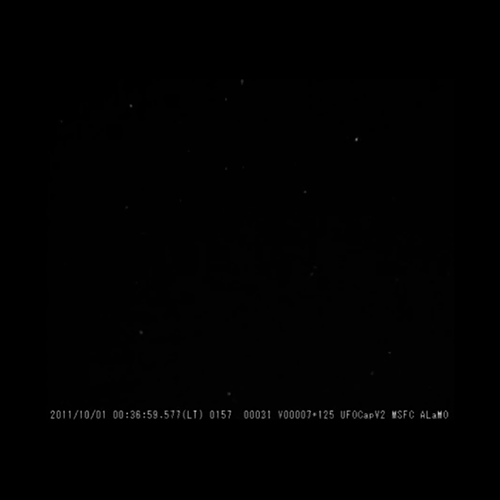
If you see this on your dashboard, reblog this, NO MATTER WHAT and all your dreams and wishes will come true.
#i was really sad yesterday cause my ppan fell apart#I wanted to buy a lil woodland to live in when i go back home#but thats illegal in england#so im going to plant my own
229K notes
·
View notes
Text
A family of cheetahs sleep with the forest guard every night. When the Forest Dept. heard about it, they decided to check the veracity of the claim by installing a CCTV camera. This is what the camera recorded! Just amazing.
Kitties will be kitties 🐈⬛
180K notes
·
View notes
Text

Be not afraid!
So a week ago, I sprained my ankle and couldn't walk for 3 days. I'm used to hiking at least an hour a day with my huskies so not being able to walk at all was driving me crazy. And in my jittery sedimentary state, I kept getting visions of this blursed being: a biblically accurate axolotl. There was nothing I could do but draw it. I'm all better now and able to walk again, now back to making less cursed art (maybe)
43K notes
·
View notes





